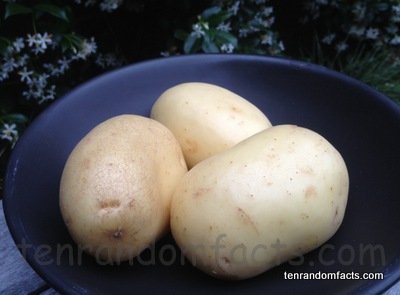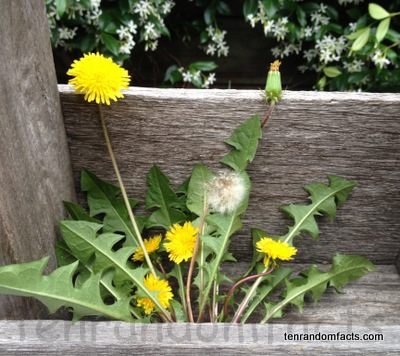
Potatoes are a very interesting plants with a oval shape.
- Potatoes are grown underground, in the soil and are categorised as a tuber.
- Potatoes mostly contain a carbohydrate called starch.
- The potato is believed to be first grown by the Incas.
- There are over 100 different types of potato.
- Potatoes come in a variety of colours including brown, green, yellow, red and purple.
- Stubs, or newly harvested potatoes, can shoot and grow into a new potato plant.
- Potatoes were the first vegetable to be grown in space.
- When food was short in World War I and II, potatoes were commonly eaten as they were easily grown.
- Potato plants are usually sprayed with chemicals after harvest, to kill remaining foliage.
- Potatoes are rich in fibre and vitamins and contain barely no fat.





















